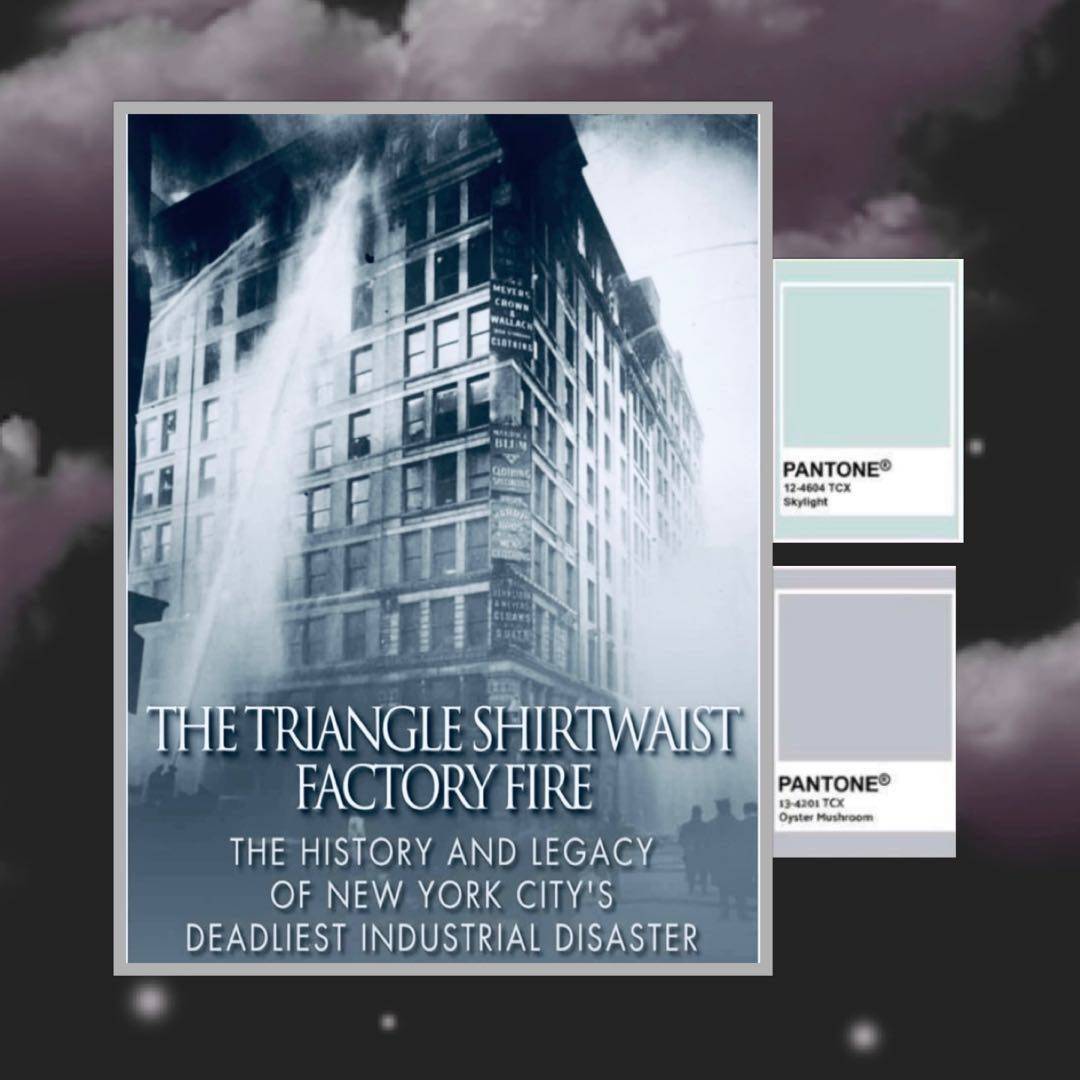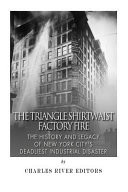The Triangle Shirtwaist Factory Fire: the History and Legacy of New York City's Deadliest Industrial Disaster | Charles River Charles River Editors
*Includes pictures *Includes accounts of the fire by survivors and workers in the factory *Explains the aftermath of the fire and the changes made in response to it *Includes a bibliography for further reading "Word had spread through the East Side, by some magic of terror, that the plant of the Triangle Waist Company was on fire and that several hundred workers were trapped. Horrified and helpless, the crowds - I among them - looked up at the burning building, saw girl after girl appear at the reddened windows, pause for a terrified moment, and then leap to the pavement below, to land as mangled, bloody pulp. This went on for what seemed a ghastly eternity. Occasionally a girl who had hesitated too long was licked by pursuing flames and, screaming with clothing and hair ablaze, plunged like a living torch to the street. Life nets held by the firemen were torn by the impact of the falling bodies. The emotions of the crowd were indescribable. Women were hysterical, scores fainted; men wept as, in paroxysms of frenzy, they hurled themselves against the police lines." - Louis Waldman, a New York State Assemblyman During the afternoon of March 25, 1911, shortly before workers at the Triangle Shirtwaist Factory in the Asch Building left for the day, a fire broke out in a scrap bin on the 8th floor of the building. Fires were nothing new in such situations, and the industrial journal The Insurance Monitor noted that garment factories were "fairly saturated with moral hazard," but on this particular day, the spread of the fire to the main staircase made it impossible for workers still stuck on the 9th and 10th floors to escape. Furthermore, without today's labor regulations in place, an advanced warning of the fire never even made it to the 9th floor, despite the fire starting just one floor below, and door to the only other stairway had been locked to ensure the women working there didn't try to sneak out with stolen goods. Some workers made it to safety on the roof and others used two elevators while they were still operating, but the fire trapped dozens, turning the entire event into a gruesome spectacle that other New Yorkers watched from the street. When the emergency fire escape collapsed as a result of the weight of the nearly 20 people on it, it sent them crashing down to the street nearly 100 feet below. But that was only the beginning of the harrowing tragedy, as the workers still trapped near windows had to make individual decisions whether to jump or let the fire creep painfully closer to them with each passing second. Firefighters in carts drawn by horses eventually arrived, but their ladders could only reach up to the 6th floor, making it all but impossible to stop the blaze. Making matters worse, their attempts to catch jumpers with safety nets completely failed as the speed and weight of the people broke the netting. William Gunn Shepard, a reporter who witnessed the scene, later said, "I learned a new sound that day a sound more horrible than description can picture -- the thud of a speeding living body on a stone sidewalk." By the time the disaster was over, 146 workers had died, either from jumping to their deaths or from being overcome by the fire inside. In the wake of the fire, the owners of the building were arrested and charged, and while they were acquitted of criminal charges, they were found liable in civil suits. In addition to that, there were increased calls for unionization, and New York City made a number of regulatory changes in response to not only prevent similar tragedies but dramatically increase the quality of conditions for employees in the workplace. The Triangle Shirtwaist Factory Fire chronicles the deadly fire and the changes made in New York City after the disaster. Along with pictures of important people, places, and events, you will learn about the Triangle Shirtwaist Factory fire like never before, in no time at all.




















